

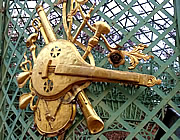
Visiting Berlin principally for the Christmas Markets we took time to explore surrounding towns and discovered a fascinating Stasi Museum, a citadel with an immense history and a king's favourite summer palace - as well as more Christmas Markets!
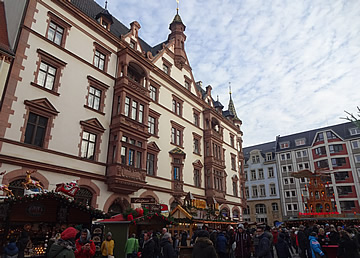
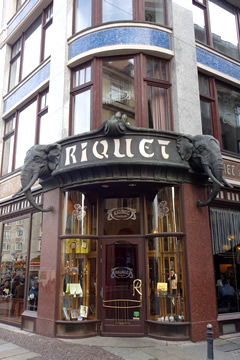
Leipzig has quite a large Christmas Market, centred on the Marktplatz, and dating back over 500 years.
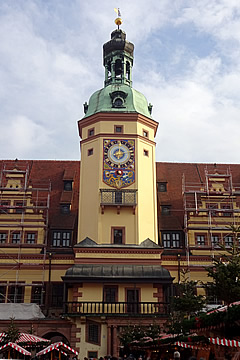
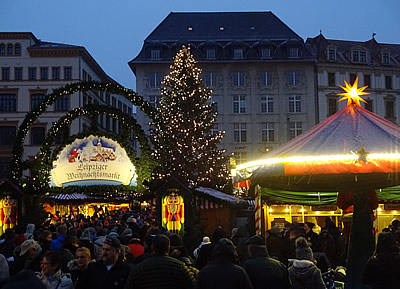
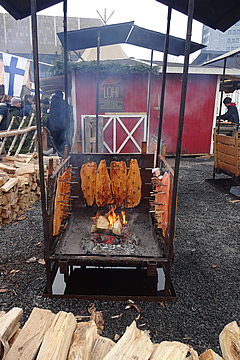
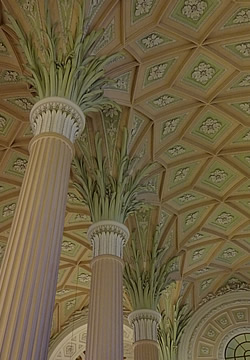
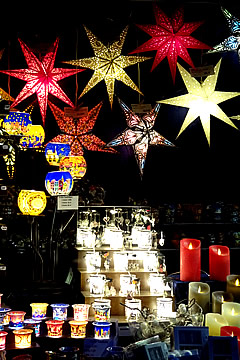
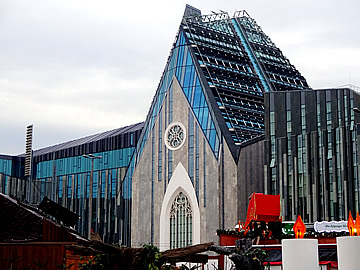
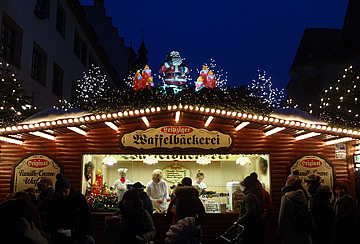
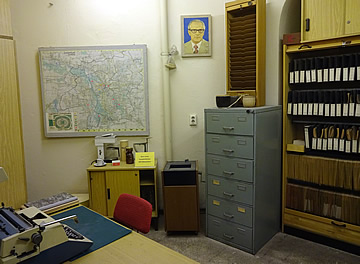
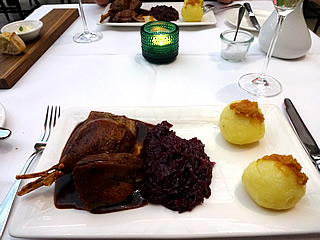
However, the surprising hit of Leipzig was the Stasi Museum! Housed in the former Stasi building it is actually a permanent exhibition in the building known as "Runde Ecke".1
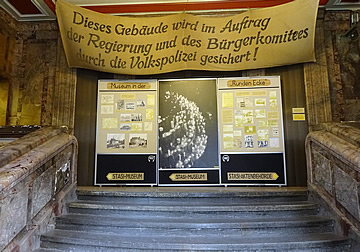
The Ministry for State Security operated a policy founded on fear, penetrating people's private lives, encouraging everyone, no matter how young, to inform on others. Not surprisingly this created deep mistrust among the population.
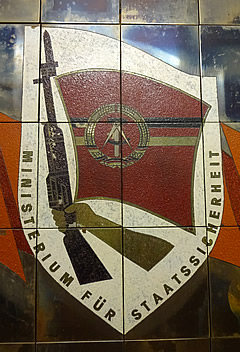
The Stasi had many ways of spying on citizens: surveillance cameras watched, bugs listened, letters and parcels were intercepted, as well as encouraging neighbour to inform on neighbour and even children to inform on their parents. The declaration of one student to act as an informer is on display, dated 31.10.1989 - just a few days before the wall came down.
The peaceful revolution had begun in Leipzig in the autumn of 1989. Monday services and meetings in the church of St Nicholas had been attracting more and more people. On Monday October 9th 8,000 people crammed into the church and after the service tens of thousands of people took to the streets in a peaceful demonstration, all the while fearful of violent reprisals. The Stasi offices were occupied on the night of the 4th December by citizens determined to preserve the many thousands of documents stored there, including files on the citizens themselves - they can now apply to see their own.
The drab offices and long corridor are kept in the same state as when they were in use. A grim office environment devoted to keeping the German people in check. The Stasi worked closely with the KGB which had an officer in every Stasi office.
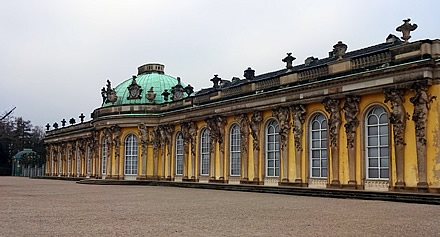
We came to Potsdam, about 25 km from Berlin, to visit Sanssouci2 (without care) - the favourite summer palace of Frederick the Great. But there was, naturally, a Christmas market in the town, extending down the length of one long street.
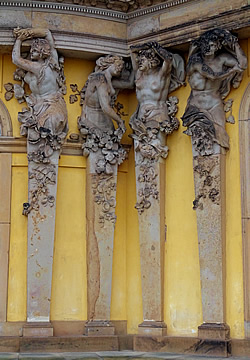
The palace was closed for the winter and the formal gardens were of course quite bare, the statues wrapped up against the cold, but it's a pleasant place to walk even so.
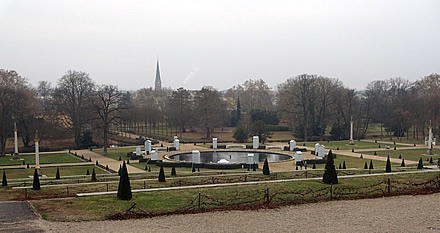
Sanssouci Park is vast, 290 ha, and is home not only to Sanssouci Palace, built between 1745 and 1747, but also the New Palace, a much larger baroque affair completed in 1769. The rococo decoration of Sanssouci is rather too florid for my liking but its situation is impressive, at the head of a series of vine terraces which drop down to formal gardens.
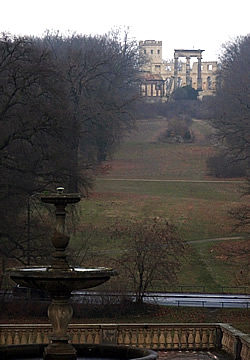
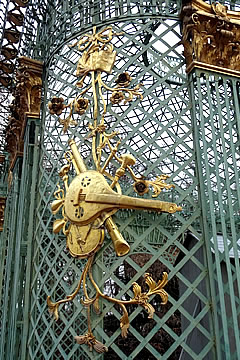
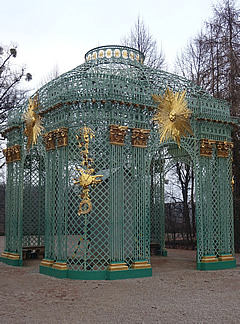
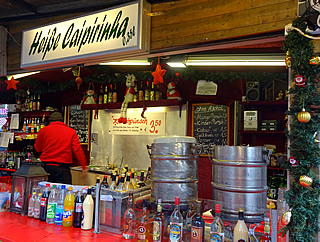
Famous for its prison, which was demolished after Rudolf Hess died there, and its Renaissance citadel. The term Spandau Ballet was coined with two possible meanings: either the jerky movements of WW1 soldiers shot with the Spandau machine gun, or the similar convulsions of a prisoner being hanged.
Spandau also has two rather fine u-bahn stations: Rathaus and Altstadt.
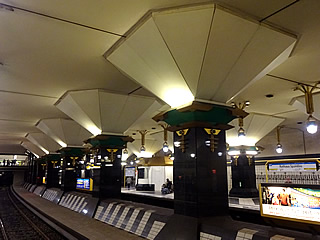
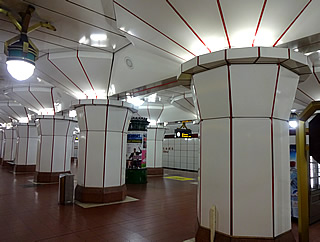
We came to wander the Christmas Market and visit the citadel. The market was unremarkable apart from a hot caipirinha - never before encountered and pronounced very good.
The citadel,3 however, was fascinating, and we spent some time exploring.
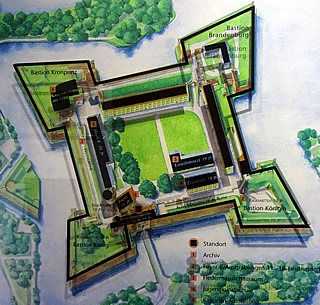
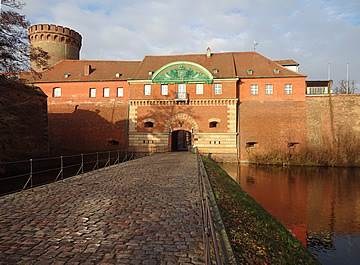
The fortress is built at the point where the rivers Spree and Havel meet. A castle is first mentioned in documents at the end of the the twelfth century but the fortress was begun at the end of the 16th century to protect Berlin. Over the centuries it has been altered and added to, but its essential structure remains unchanged: basically a quadrilateral structure surrounded by water with four massive bastions at he corners.
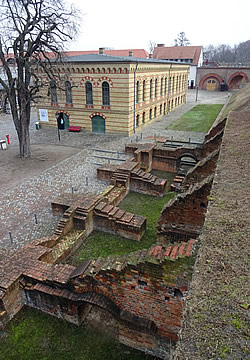
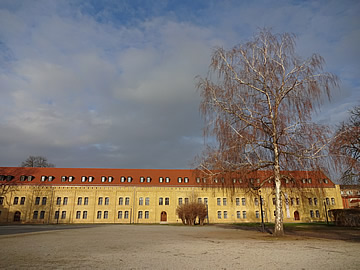
There is an exhibition on the history of the fortress illustrated with models, paintings and militaria.
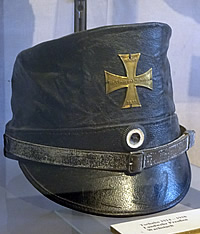
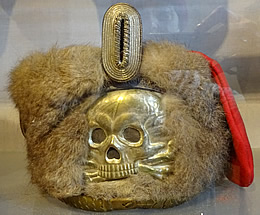
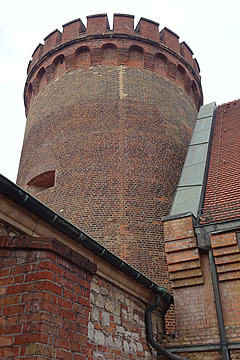
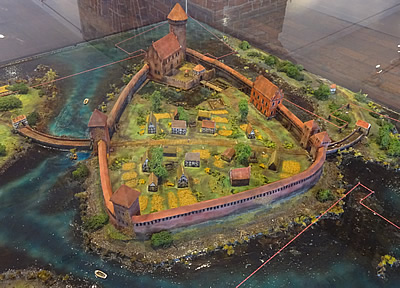
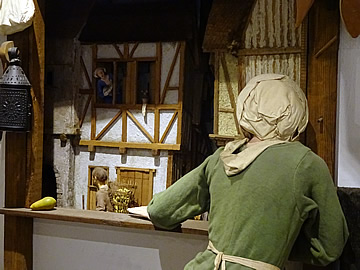
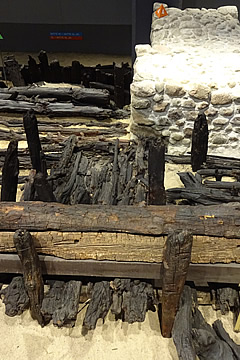
Interesting though the fortress is, the excavations beneath the West Curtain rampart are fascinating. In the eleventh century there was a Slavic settlement here, wooden buildings surrounded by a timber and earth wall.
The excavations cover quite a large area and have revealed remnants of this ancient wall, of the later stone castle wall which predated the fortress, and the Renaissance palace complex.